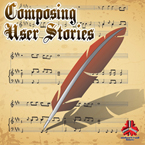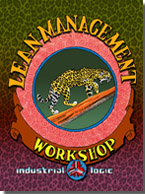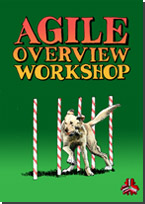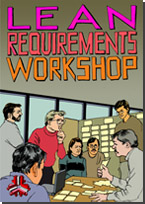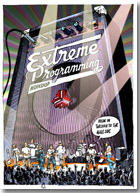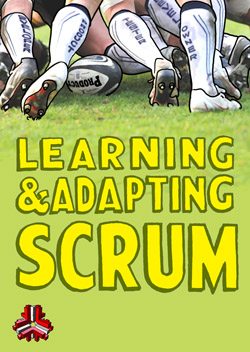
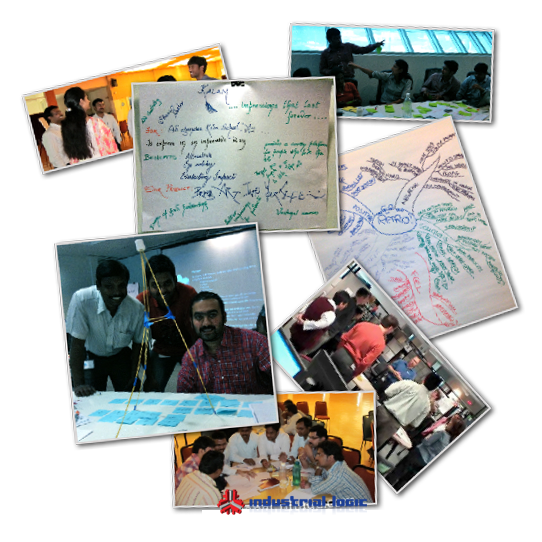
Transfer %
Knowledge: 60%, Skill-Building: 40%Learning Outcomes
Students will:- Be able to compare and contrast traditional and Agile methods
- Understand the basic values and principles underlying Agile and Scrum
- Be able to use Scrum terminology appropriately for roles, artifacts, and processes
- Be able to write user stories that reflect planned functionality
- Experience what it is like to do Agile planning
- Understand how XP Engineering practices support the Scrum Framework
- Identify some of the challenges and patterns of distributed and enterprise teams
- Evaluate how Agile and Scrum fits their team's environment
Method of Instruction
A mix of Lecture, Instructional Simulation, Exercises, and DiscussionTarget Audience
Team members who are or planning to work on an agile team that uses Scrum FrameworkCourse Level
Introductory-IntermediateCourse Prerequisites
- Required: an open mind
- Highly Recommended: sound understanding of the software project lifecycle
- Highly Recommended: clear understanding of challenges faced on current projects
- For the hands-on session: a room with flip charts, open walls, and space to collaborate
We can customize the contents and agenda to best suit your needs.
Course Level
Introductory-IntermediateCourse Prerequisites
- Required: an open mind
- Highly Recommended: sound understanding of the software project lifecycle
- Highly Recommended: clear understanding of challenges faced on current projects
- For the hands-on session: a room with flip charts, open walls, and space to collaborate
Contents
| Traditional vs. Agile Simulation |
| Brief Recap of Process Evolution |
| Agile/Scrum Overview |
| Agile Values and Principles |
| Agile Project Case Study |
| Industry Adoption of Agile/Scrum Methods |
| Scrum Framework |
| Scrum Values and Practices |
| Scrum Roles and Responsibilities |
| Scrum Artifacts |
| Agile Retrospective |
| Defining Agile Product Vision |
| Creating Product Backlog and Release Plan |
| Planning with User Stories |
| Agile Estimation |
| Sprint Backlog and Sprint Planning |
| Tracking Progress |
| Distributed Agile |
| Scaling Agile |
| Agile Testing |
| Demo of Extreme Programming Practices |
| Scrum Environment and Tools |
| Scrum Maturity Levels |
| Agile Adoption Patterns and Challenges |
Related Items
Request a Quote

Transfer %
Knowledge: 60%, Skill-Building: 40%Learning Outcomes
Students will:- Be able to compare and contrast traditional and Agile methods
- Understand the basic values and principles underlying Agile and Scrum
- Be able to use Scrum terminology appropriately for roles, artifacts, and processes
- Be able to write user stories that reflect planned functionality
- Experience what it is like to do Agile planning
- Understand how XP Engineering practices support the Scrum Framework
- Identify some of the challenges and patterns of distributed and enterprise teams
- Evaluate how Agile and Scrum fits their team's environment
Method of Instruction
A mix of Lecture, Instructional Simulation, Exercises, and DiscussionTarget Audience
Team members who are or planning to work on an agile team that uses Scrum FrameworkCourse Level
Introductory-IntermediateCourse Prerequisites
- Required: an open mind
- Highly Recommended: sound understanding of the software project lifecycle
- Highly Recommended: clear understanding of challenges faced on current projects
- For the hands-on session: a room with flip charts, open walls, and space to collaborate
We can customize the contents and agenda to best suit your needs.
Course Level
Introductory-IntermediateCourse Prerequisites
- Required: an open mind
- Highly Recommended: sound understanding of the software project lifecycle
- Highly Recommended: clear understanding of challenges faced on current projects
- For the hands-on session: a room with flip charts, open walls, and space to collaborate
Contents
| Traditional vs. Agile Simulation |
| Brief Recap of Process Evolution |
| Agile/Scrum Overview |
| Agile Values and Principles |
| Agile Project Case Study |
| Industry Adoption of Agile/Scrum Methods |
| Scrum Framework |
| Scrum Values and Practices |
| Scrum Roles and Responsibilities |
| Scrum Artifacts |
| Agile Retrospective |
| Defining Agile Product Vision |
| Creating Product Backlog and Release Plan |
| Planning with User Stories |
| Agile Estimation |
| Sprint Backlog and Sprint Planning |
| Tracking Progress |
| Distributed Agile |
| Scaling Agile |
| Agile Testing |
| Demo of Extreme Programming Practices |
| Scrum Environment and Tools |
| Scrum Maturity Levels |
| Agile Adoption Patterns and Challenges |
